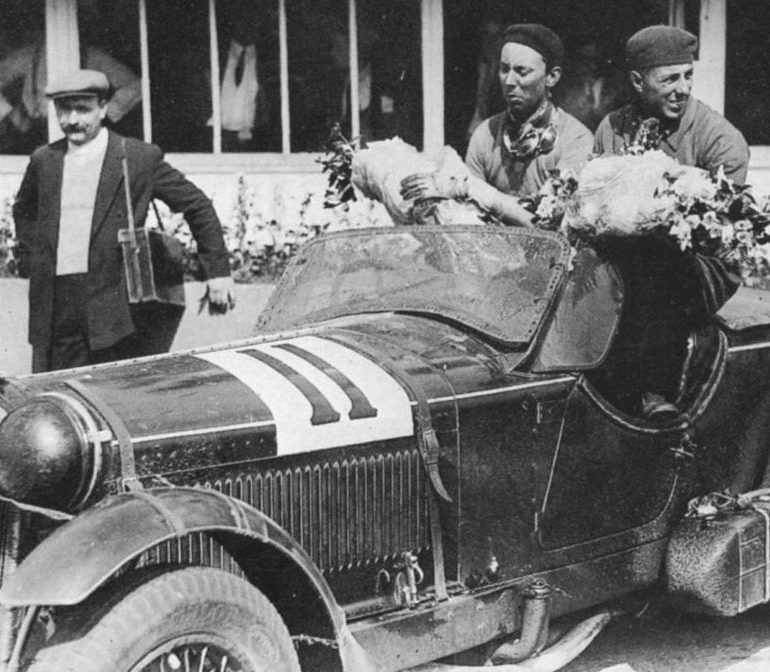Today, Franco Cortese is, perhaps, one of motor sport’s forgotten stars and he shouldn’t be. He was the driver who put Ferrari on the map in a career that spanned 156 races, 20 victories and top placings as long as your arm. During more than four decades, from 1926 to 1958, he raced for the cream of the Italian and British constructors, among them Alfa Romeo, Maserati, Ferrari and Britain’s Frazer Nash.
Born in 1903, in the tiny Piedmont village of Oggebbio, Italy, which even today only boasts a population of 845 souls, Franco began his long, distinguished motor racing career when he was just 22-years old. He competed in the very first Mille Miglia in 1927 and made the top 10 that year by taking 8th place overall in an Itala Tipo 61, while stars of the day like Gastone Brilli Peri and Luigi Fagioli dropped out. In fact, he competed in 21 Mille Miglias, finished a record 14 times, made the top 10 seven times between 1927 and 1951 and won the 1938 over 1500-cc class.
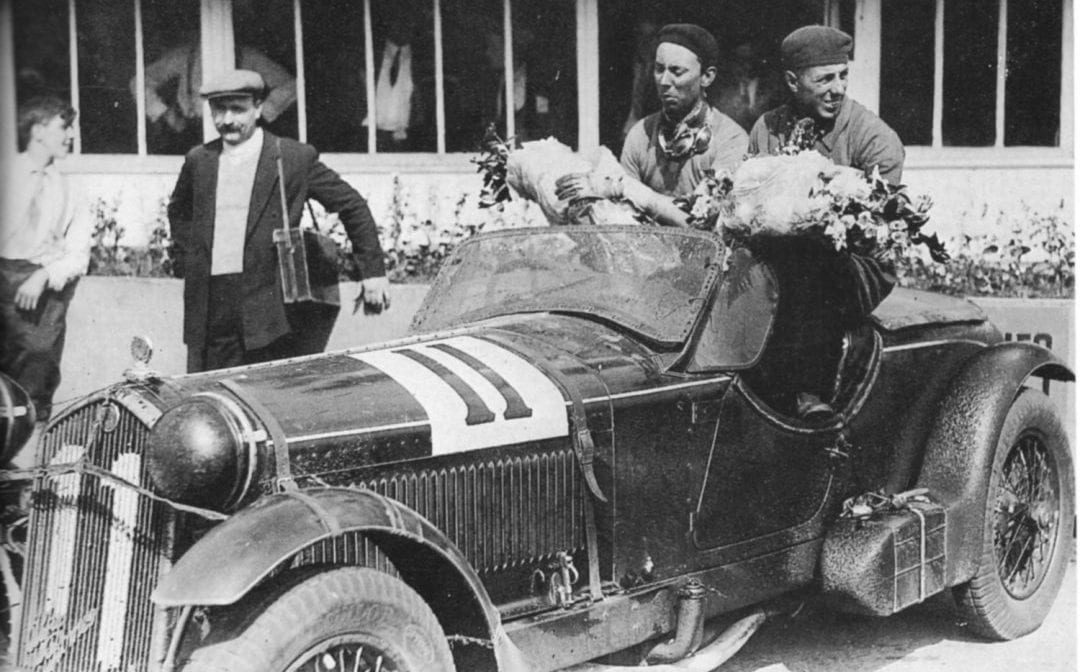
Cortese also came second with co-driver Gian Battista Guidotti in the 1932 24 Hours of Le Mans driving a works Alfa Romeo 8C 2300 LM; and he was Enzo Ferrari’s tester and racing driver when the Commendatore was striving to make his mark in the ’30s.
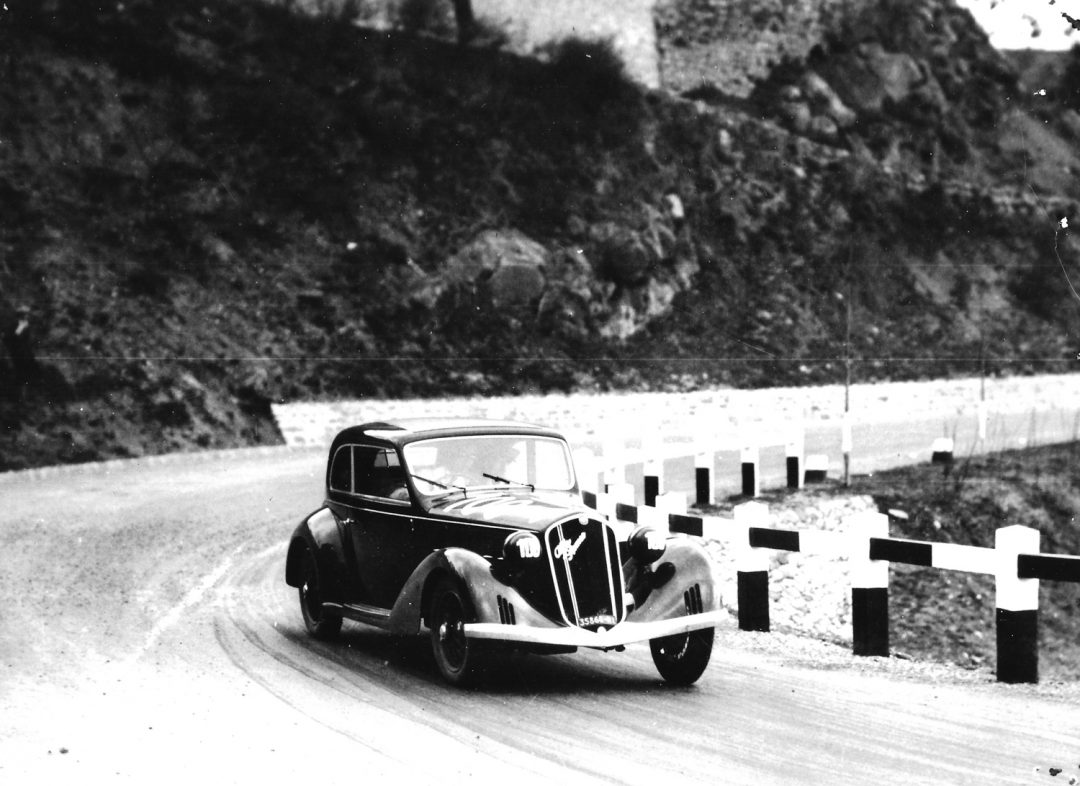
In 1936, Franco co-founded Scuderia Ambrosiana with Count Giovanni Lurani and Luigi Villoresi and in its three years scored a whole string of successes with their Maserati 6CMs, winning races including the 1939 Grand Prix of Naples and that year’s Targa Florio, the victor Luigi Villoresi.
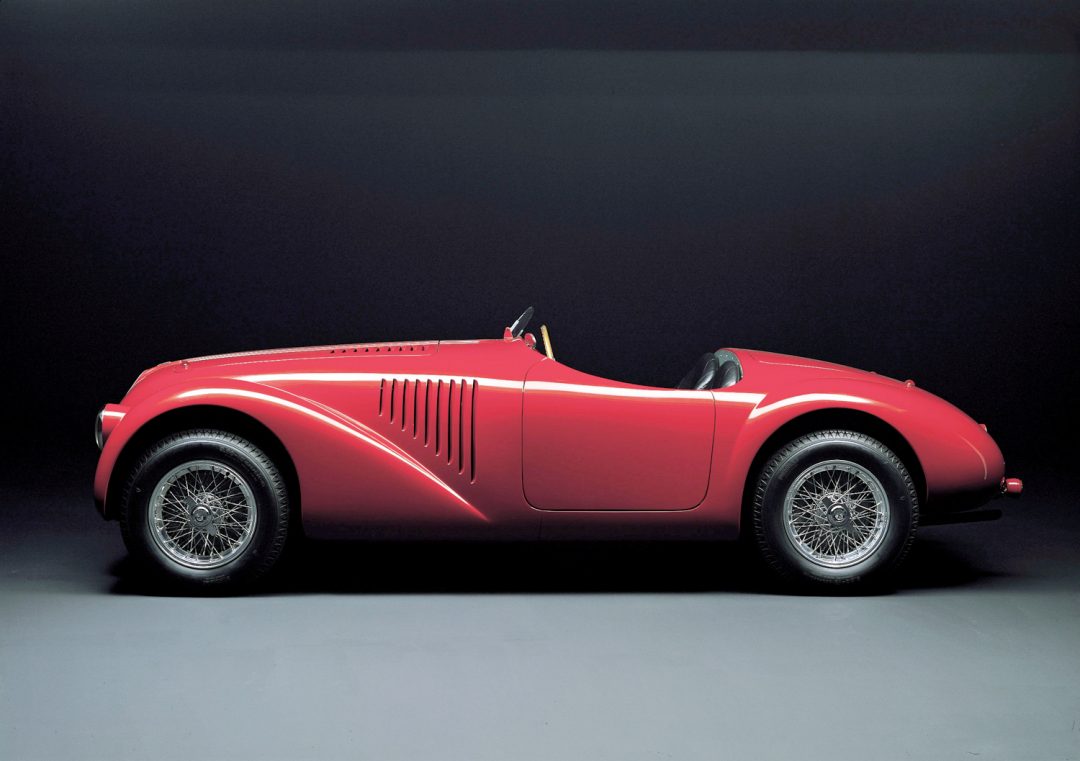
Franco went back to Ferrari in 1947 as its tester and lead driver again, this time to make his own mark in motor sport history, as well as Ferrari’s. He was the first to drive a Ferrari in that year’s Grand Prix, at Piacenza. It looked like everything was going swimmingly when the Scuderia’s first ever Grand Prix car—the 125S powered by a 60° V12, 1.5-liter engine, based on a design by Gioacchino Colombo—took pole position in the Piacenza GP. Even better when Cortese and the novice Ferrari moved into the lead, but two laps from the end the car’s fuel pump broke and it retired. After that, things looked bleak for Ferrari, though the Commendatore called it a “promising failure.” Perhaps an unsurprising remark, as he and his colleagues had created the car and had begun to race it on an extremely tight budget.
The next race on their schedule was on the Grand Prix of Rome on May 25, over a city circuit around the Terme di Caracalla, a historic Roman site that dates back to the third century. The opposition was stiff, with a full grid of cars including Maseratis and BMWs, but Franco shot into the lead from the outset and held it to go on to win the 40-lap, 137-kilometer race, at an average speed of 88.5 kmh. He then went on to win the Circuits of Vercelli, Vigevano and Varese in the car.
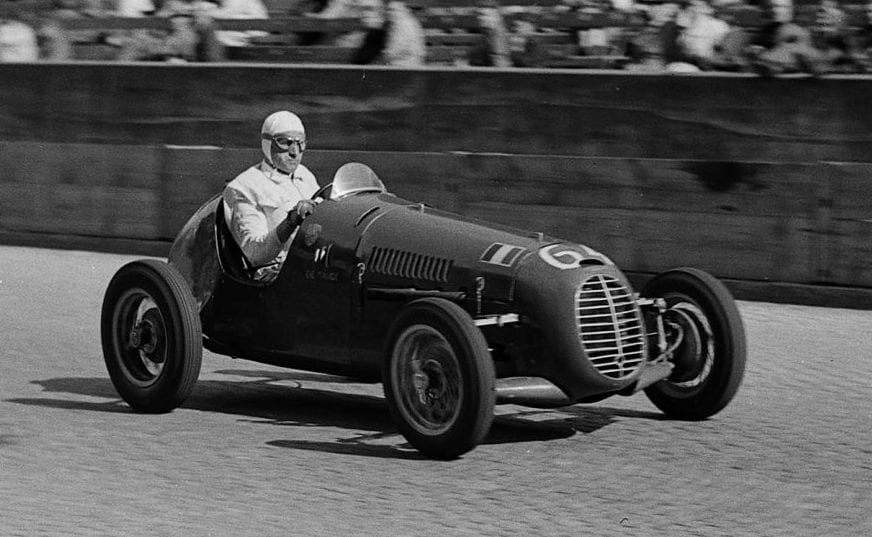
As a freelance driver, he switched to a Cisitalia D46 for Cairo’s 1947 Sehab Almaz Bey Trophy, on the El Gezirah “Pyramid Circuit”, mono-type race in which all drivers campaigned Cisitalia D46s. He was up against some really stiff opposition, including a young Alberto Ascari, Piero Taruffi, Louis Chiron, Antonio Brivio, Dorino Serafini and Piero Dusio, who designed the D46, but it was Franco who was presented with the winner’s solid gold trophy by the then King Farouk.
In 1949, Count Giovanni Lurani approached the Aldington family, owners of Frazer Nash, and acquired one of their 2-liter BMW-engined Le Mans Specials. The objective was to enter the car in the 1950 and 1951 Mille Miglia and the ’51 Targa Florio to be driven by Franco Cortese. He did well and came well up the Italian classic’s top 10, in sixth place, with the car in 1950 and slipped in at ninth in the 1951 Brescia-Rome-Brescia marathon.
But the result nobody really expected was a Cortese-Frazer Nash victory in the 1951 Targa Florio, the most important result the marque ever achieved.
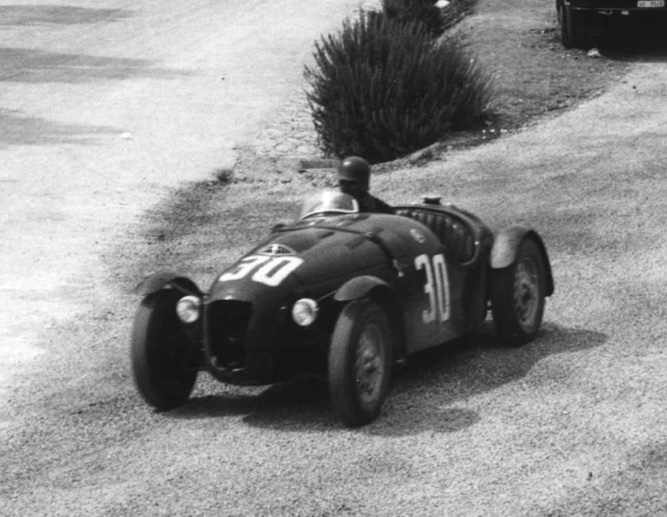
On race day –September 9, 1951 – Sicily was bathed in brilliant sunshine as the entrants geared up to race over eight laps of the 72 kilometer Piccolo Circuito delle Madonie mountains for a total of 572 km. The entry was not all that big at 25 cars, but nine of them were Ferraris so many thought the odd looking English car didn’t stand a chance against them. Franco Cornacchia’s team ran a mixture of Maranello open tops, a 4.1-liter for Giovanni Bracco, who had come second in the year’s Mille Miglia in a Lancia Aurelia B20, and two 2.6-liter Ferraris for Cornacchia himself and Mario Raffaelli, three more 2.6-liters were to be driven by Antonio Stagnoli, Piero Scotti and Guido Mancini and another three 2-litres for Palermo’s Luigi Bordonaro, Domenico Tramontana and Elio Pottino. There were two Frazer Nashes entered, the other by Scottish gentleman driver Thomas Mathieson.
Bracco was the fastest to get away in his rather cumbersome 4.1-liter Ferrari and went so quickly that he broke Tazio Nuvolari’s 1932 lap record with a time of 52 minutes, 52 seconds. He was followed by a string of other Ferraris with Cortese slowly reeling them in. But Bracco’s Ferrari was waning, the little mountain roads tearing at the key components of his car and tires. So much so that he called into the pits with wheel balance problems. That and the general stress of the Targa “roads” gradually dropped the Bracco Ferrari down the runners’ list.
Meanwhile, Franco Cortese had steadily worked his way up to second place behind Stagnoli, who overcooked it after being given a “go faster” pit signal and broke a drive shaft. So Franco eased into the lead of the Sicilian classic with a cool, measured driving style, pitted for fresh tires and shot off again. At that moment, Bracco in his big Ferrari was no less than 15 minutes, 35 seconds behind the leading Frazer Nash.
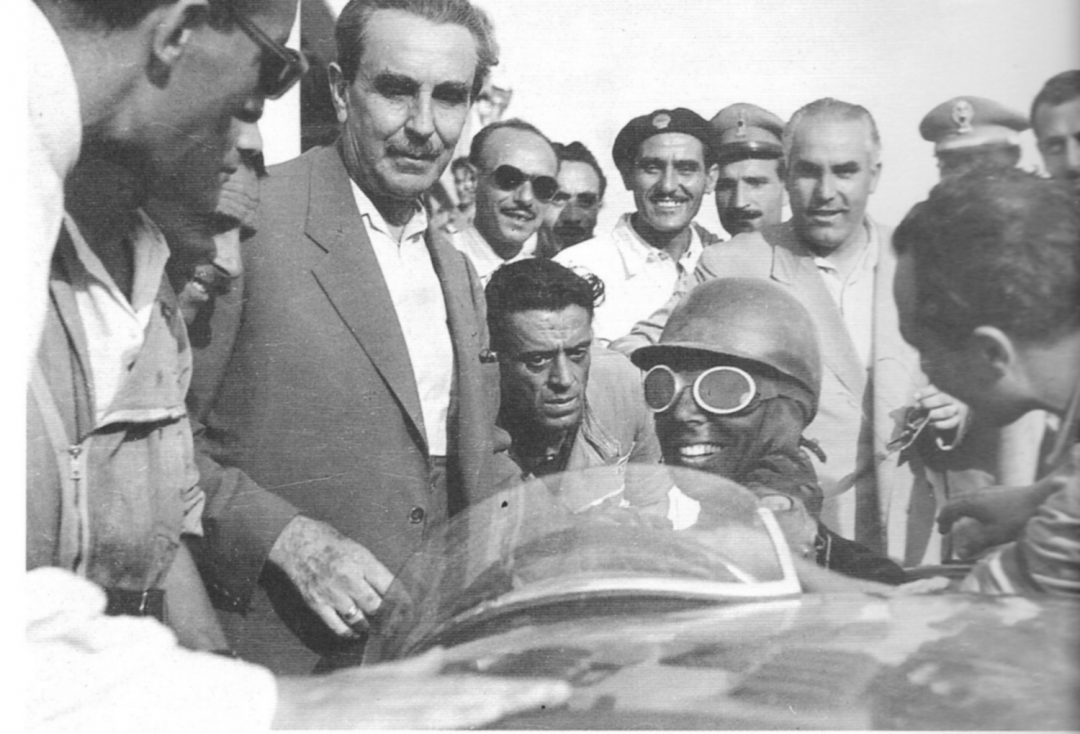
Bracco pushed his car really hard on the seaside Bonfornello straight and eventually made up over 12 minutes on Cortese by the start of the last lap, so Franco bumped up the pace just enough to maintain that three-minute gap between him and the rather erratic Bracco. Franco and the Frazer Nash, initially considered rank outsiders, crossed the Targa’s finish line to win the race to the roar of the crowd and plenty of energetic chequered flag waiving by the race’s creator and organizer, 68-year-old Vincenzo Florio.
Florio later said to Cortese, “You have won the Targa and substantial prize money. The money will eventually be spent, but the Targa will be yours forever.”


